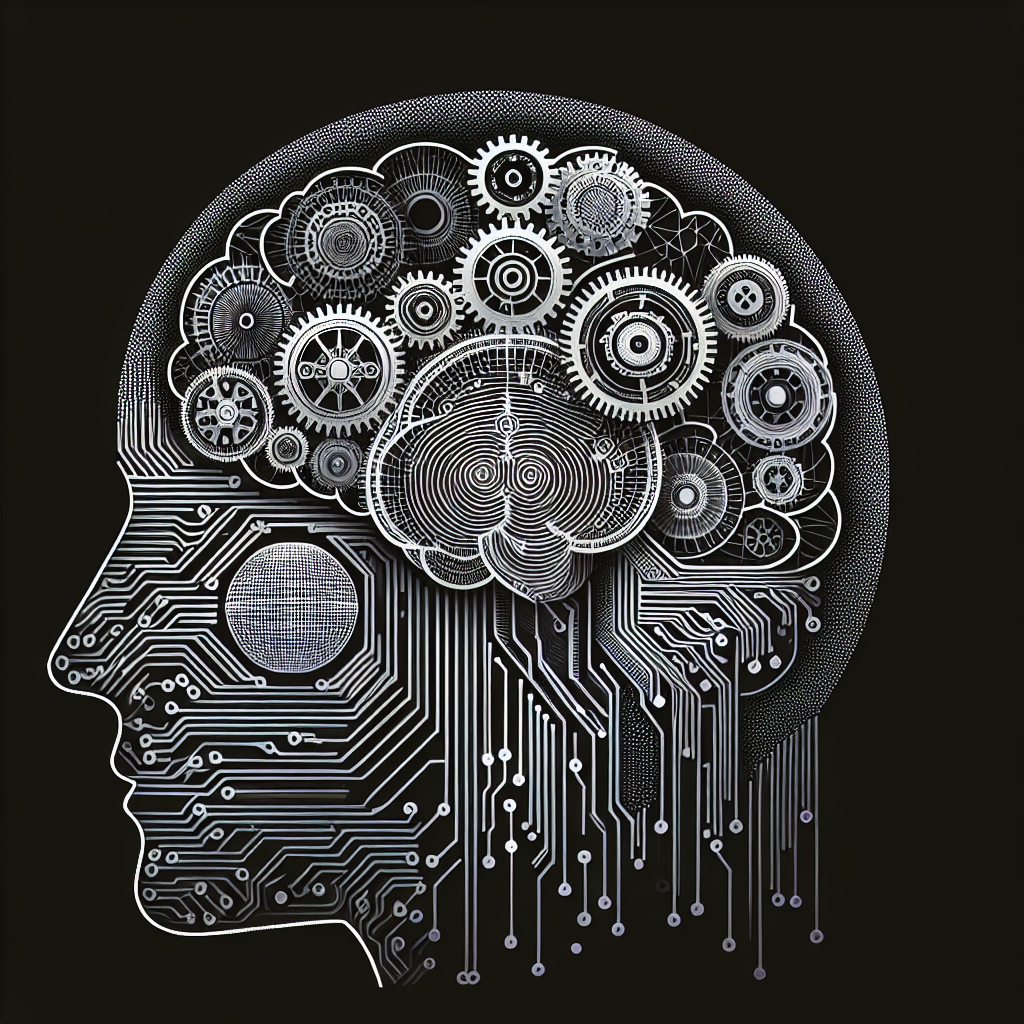Generative AI in Behavioral Analysis: Understanding Human Behavior
In recent years, there has been a growing interest in using generative artificial intelligence (AI) to analyze and understand human behavior. Generative AI refers to a type of AI technology that is capable of creating new data or information based on patterns it has learned from existing data. This technology has the potential to revolutionize the field of behavioral analysis by providing new insights into human behavior and helping researchers and practitioners better understand and predict human actions.
Behavioral analysis is the study of human behavior and the underlying factors that influence it. It is used in a wide range of fields, including psychology, sociology, criminology, and marketing, to better understand human motivations, preferences, and decision-making processes. Traditionally, behavioral analysis has relied on observational studies, surveys, and experiments to gather data on human behavior. However, these methods are often limited in scope and can be time-consuming and expensive.
Generative AI offers a new approach to behavioral analysis by using advanced machine learning algorithms to analyze large datasets of human behavior and generate new insights and predictions. By training generative AI models on vast amounts of data, researchers can uncover hidden patterns and relationships in human behavior that may not be apparent through traditional methods. This can lead to new discoveries and a deeper understanding of human behavior.
One of the key advantages of generative AI in behavioral analysis is its ability to analyze complex and unstructured data, such as text, images, and videos. Traditional methods of behavioral analysis often struggle with these types of data, as they may be difficult to interpret or quantify. Generative AI, on the other hand, can process and analyze these types of data with ease, allowing researchers to extract valuable insights from them.
Generative AI can also be used to create simulations of human behavior, which can be useful in predicting future actions and outcomes. By training generative AI models on historical data, researchers can generate realistic scenarios of how humans may behave in different situations. This can be particularly valuable in fields such as marketing and advertising, where understanding consumer behavior is crucial for success.
In addition to predicting human behavior, generative AI can also be used to detect and analyze patterns of abnormal or deviant behavior. By analyzing large datasets of normal behavior, generative AI models can learn to identify outliers and anomalies that may indicate potential risks or threats. This can be valuable in fields such as security and law enforcement, where early detection of abnormal behavior can help prevent crime or other harmful incidents.
Overall, generative AI has the potential to revolutionize the field of behavioral analysis by providing new insights and predictions about human behavior. By leveraging the power of machine learning and big data, researchers and practitioners can gain a deeper understanding of human behavior and make more informed decisions in a wide range of fields.
FAQs:
Q: How does generative AI differ from other types of AI?
A: Generative AI is a type of AI technology that is capable of creating new data or information based on patterns it has learned from existing data. This is in contrast to other types of AI, such as predictive AI, which focus on making predictions based on existing data.
Q: What are some applications of generative AI in behavioral analysis?
A: Generative AI can be used in a wide range of applications in behavioral analysis, including predicting human behavior, detecting abnormal behavior, and creating simulations of human behavior.
Q: How can generative AI help researchers and practitioners better understand human behavior?
A: Generative AI can provide new insights and predictions about human behavior by analyzing large datasets of human behavior and uncovering hidden patterns and relationships. This can help researchers and practitioners gain a deeper understanding of human motivations, preferences, and decision-making processes.
Q: What are some potential challenges or limitations of generative AI in behavioral analysis?
A: Some potential challenges of generative AI in behavioral analysis include the need for large amounts of high-quality data, the risk of bias in the data used to train AI models, and the potential for ethical concerns related to privacy and consent.
Q: How can researchers and practitioners get started with generative AI in behavioral analysis?
A: Researchers and practitioners interested in using generative AI in behavioral analysis can start by familiarizing themselves with the basic concepts of machine learning and AI, and exploring available tools and resources for training and deploying generative AI models. Collaboration with experts in AI and behavioral analysis can also be valuable in getting started with generative AI.

